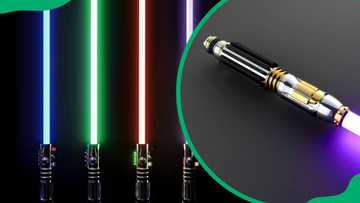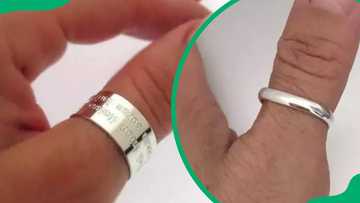Mood ring colours and their hidden meanings: A complete guide
A mood ring is a fascinating piece of jewellery that has gained popularity because it can change colour depending on the wearer’s mood. The colour changes in mood rings are caused by body temperature fluctuations rather than an accurate reflection of mood. Here is all you need to know about mood ring colours and their hidden meanings.
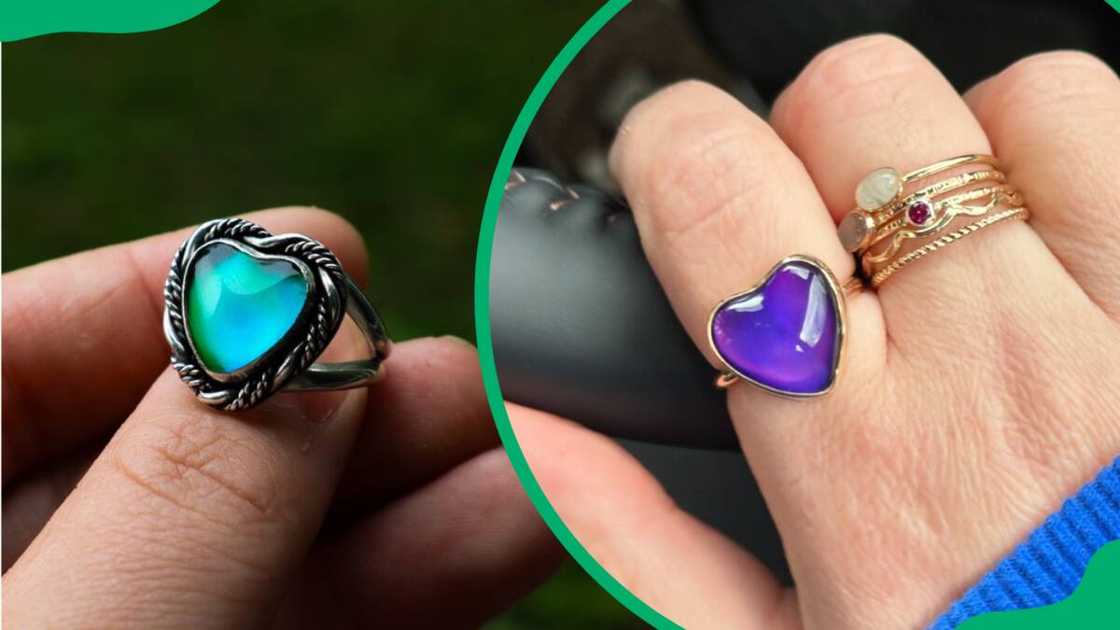
Source: UGC
TABLE OF CONTENTS
Mood rings gained popularity in the 1970s due to their supposed ability to reflect the wearer's emotions through colour changes. The colours are believed to correspond to specific emotions, such as blue for happiness, green for contentment, and black for a negative mood. Although mood rings are not completely accurate at predicting your emotions, they remain a fun and nostalgic fashion accessory for some people.
Mood ring colour meanings
Mood rings, which have been popular since the 1970s, are pieces of jewellery designed to change colour based on the wearer's emotional state—the ring's colour shifts according to the wearer's mood. The colours are believed to correspond to specific emotions, such as blue for happiness, green for contentment, and black for a negative mood.
What do the colours in a mood ring mean? As per Best Mood Rings, here are some of the most common mood ring colour chart meanings and the associated emotions.
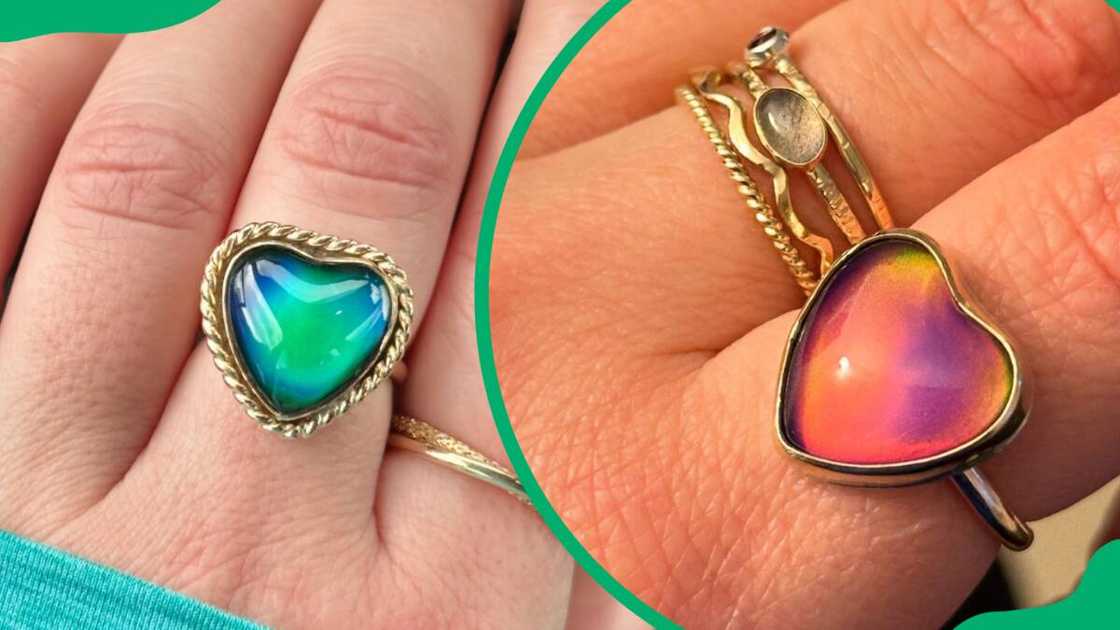
Source: UGC
- Black: The colour symbolises stress, tension, overworked and depressed. Black often indicates a state of anxiety or negative emotions. It can also mean that the ring is not detecting a temperature change, which may happen when the ring is not being worn.
- Brown: If your mood ring turns brown, it could be a sign of feeling restless, full of anticipation, or having nervous thoughts. Brown may signify a mix of nervousness and restlessness.
- Green: Green is generally considered the baseline colour, indicating that the wearer is in a balanced and calm state. It signifies relaxation, calmness, comfort, and a sense of normalcy.
- Blue: Blue means relaxed, at ease, or happy. It is associated with tranquillity and contentment. Wearing blue suggests the wearer feels at ease, happy, and peaceful.
- Dark blue: Blue means passionate, very happy, or romantic. It indicates a deeper relaxation and happiness, often connected with feelings of love or affection. It suggests a strong emotional bond and a sense of deep contentment.
- Purple: Purple represents a blend of love, passion, and happiness. It is associated with romantic feelings and a sense of joy and fulfilment.
- Pink: Pink signifies love, warmth, and affection. It suggests the wearer feels loving and connected, often indicating a gentle and caring emotional state.
- White: White can indicate a lack of clarity or frustration. It may appear when the wearer feels confused, unsure, or emotionally unsettled.
- Yellow: Yellow often represents a state of uncertainty or conflicting feelings. It might appear when the wearer is trying to sort through various emotions or experiencing mild stress.
- Orange: Orange can indicate nervousness or unease. It suggests that the wearer is agitated or confused, potentially facing a situation that causes discomfort or apprehension.
- Red: Red represents high energy and excitement. It is associated with passion, enthusiasm, and a sense of adventure. This colour might appear during moments of exhilaration or when experiencing strong emotions.
- Grey: Grey typically indicates a state of worry or apprehension. This colour may appear when the wearer feels unsure, fearful, or emotionally drained.
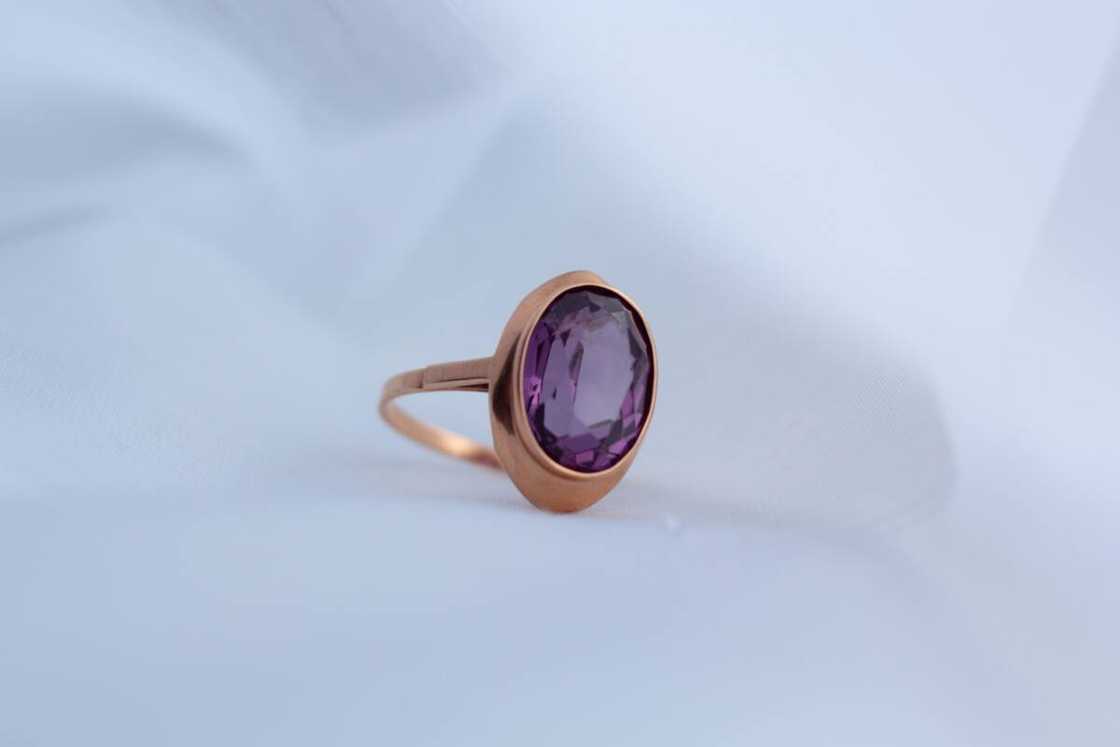
Source: Getty Images
Who invented the mood rings?
Mood rings were invented in 1975 by jewellery designer Josh Reynolds. He created these rings using a thermochromic element, a liquid crystal, which changes colour based on the temperature of the wearer's skin. However, the idea to use thermosensitive elements in jewellery first arose from the American jeweller Marvin Wernick in 1974.
How does a mood ring work?
Do mood rings really work? The mood ring consists of a glass or quartz stone filled with thermotropic liquid crystals. These crystals are sensitive to temperature changes and respond by altering their molecular structure, resulting in a colour shift. Each colour corresponds to certain emotions and is thought to indicate the wearer's mood.
When the wearer’s body temperature is cooler, the mood ring may be blue, signifying a calm and relaxed mood. As the temperature rises, the ring transitions to warmer colours, such as green, yellow, and red, indicating heightened emotions or passion.
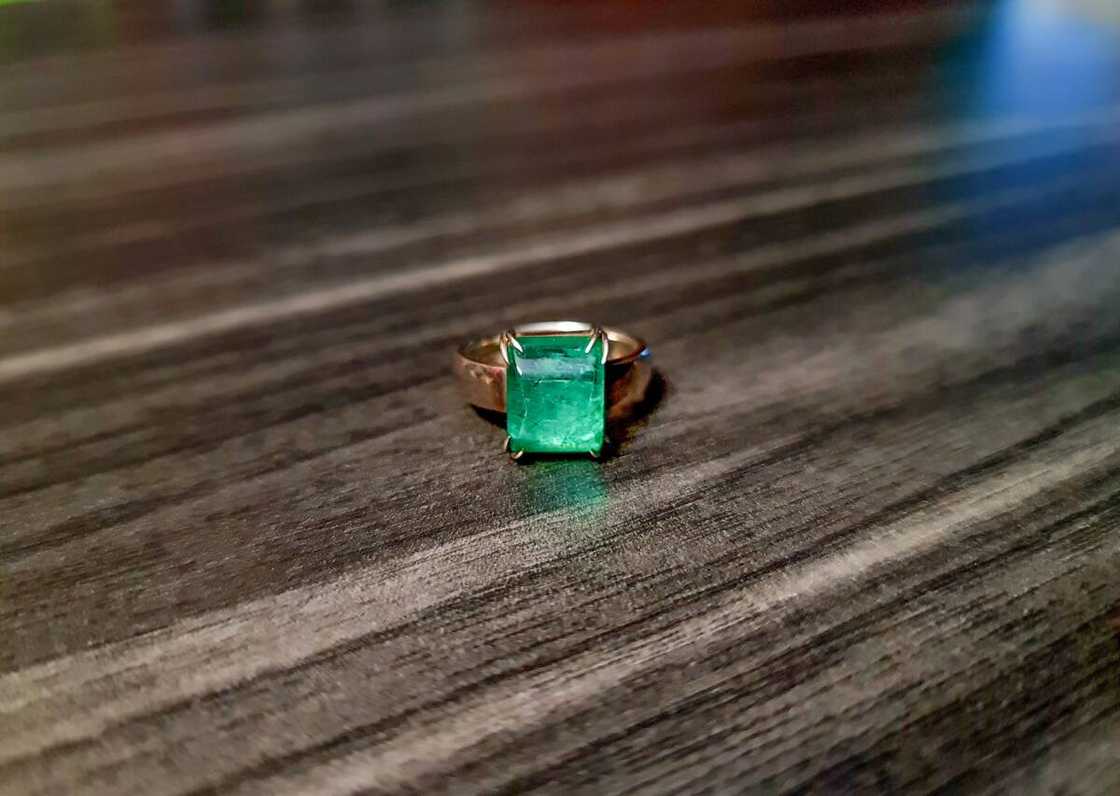
Source: Getty Images
Are mood rings accurate?
Mood rings are not scientifically accurate indicators of a person's emotions. While they can provide a fun and exciting way to reflect changes in body temperature, the idea that they can accurately display emotions is more of a novelty than a reality. Mood rings can only provide a general indication rather than an exact representation.
What does green mean on a mood ring?
Green on a mood ring signifies a state of calm, relaxation, and balance. It is often considered the normal or baseline colour, suggesting the wearer feels comfortable and at ease.
Do mood rings turn pink?
Mood rings can turn pink. Pink on a mood ring is often associated with feelings of love, warmth, and affection.
What does purple mean on a mood necklace?
Purple on a mood necklace is associated with a mix of emotions related to passion, romance, happiness, and creativity.
Mood rings have been a popular accessory for decades. They capture wearers with their ability to change colour based on their mood. Today, mood rings are available in various styles and colours and are used by people to express their moods. The mood ring colours range from amber to green, blue to violet, and grey to black. Each colour is associated with a specific emotion, such as joy, anger, sadness and calmness.
READ ALSO: Most expensive jewellery in the world ever sold
Briefly.co.za published an article about the most expensive jewellery ever sold. It serves aesthetic and symbolic purposes, often representing personal style, cultural traditions, status, and emotions. Its allure lies in its remarkable value, the stories it tells, and the feelings it evokes.
Jewellery can hold sentimental value, mark important life events, and be a form of self-expression. As testaments to human artistry and the earth's treasures, the most expensive jewellery symbolises beauty, prestige, and the timeless pursuit of the extraordinary. Discover the most expensive jewellery ever sold globally.
Source: Briefly News

